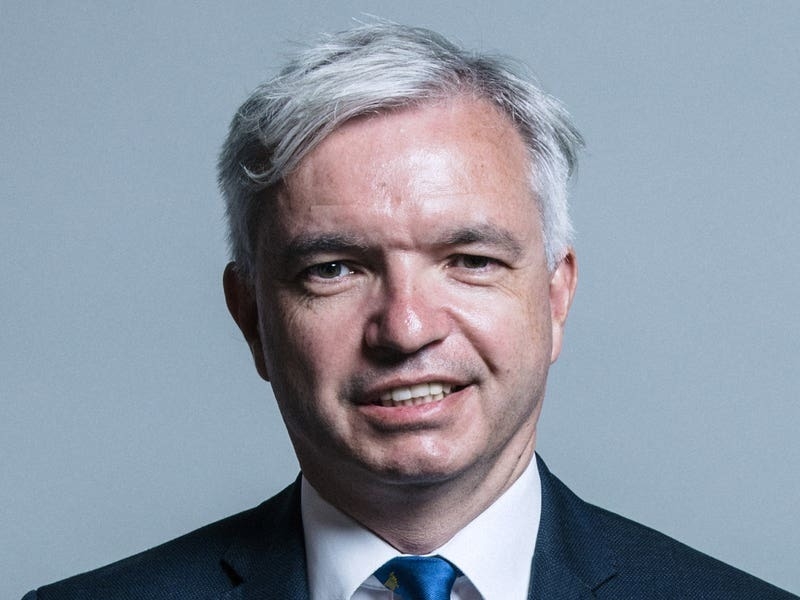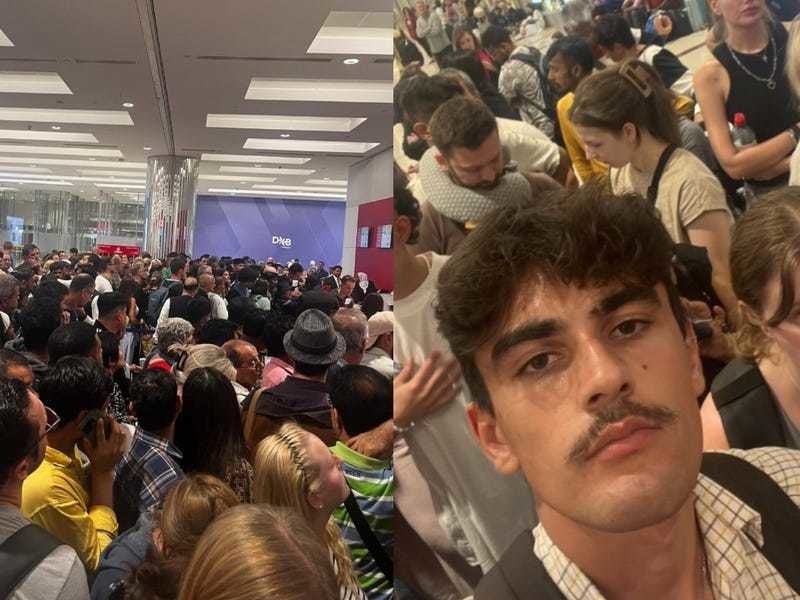Waiting lists for treatment in England have risen while cancer referral rates have fallen and ambulance response times have got longer.
Here are the key figures from the latest data.
– Overall waiting list
The number of people waiting to start routine hospital treatment has risen to a new record high.
An estimated 7.4 million people were waiting to start treatment at the end of April, up from 7.3 million in March.
It is the highest number since records began in August 2007.
Prime Minister Rishi Sunak has made cutting waiting lists one of his priorities for 2023, pledging in January that “lists will fall and people will get the care they need more quickly”.

There were 11,477 people waiting more than 18 months to start routine treatment at the end of April.
This is up from 10,737 at the end of March.
The Government and NHS England set the ambition of eliminating all waits of more than 18 months by April of this year, excluding exceptionally complex cases or patients who choose to wait longer.

An estimated 371,111 people in England had been waiting more than 52 weeks to start routine hospital treatment at the end of April.
This is up from 359,798 at the end of March.
The Government and NHS England have set the ambition of eliminating all waits of more than a year by March 2025.
– Cancer referrals
The proportion of patients seen by a cancer specialist within two weeks of being referred urgently by a GP fell from 83.9% in March to 77.7% in April, remaining below the 93% target and the lowest figure since September 2022.
Some 61.0% of cancer patients who had their first treatment in April after an urgent GP referral had waited less than two months, down from 63.5% in March and below the 85% target.
A total of 71.3% of patients urgently referred for suspected cancer were diagnosed or had cancer ruled out within 28 days, down from 74.2% the previous month.
The NHS elective recovery plan sets a goal of March 2024 for 75% of patients who have been urgently referred by their GP for suspected cancer to be diagnosed or have cancer ruled out within 28 days.
There were 218,060 urgent cancer referrals by GPs in England in April, down 16% on the figure for March but up year-on-year by 2%.
– Cancer diagnostic waiting list
The number of patients in England waiting longer than 62 days since an urgent GP referral for suspected cancer stood at 22,533 in the week ending April 30, up from 19,023 in the week ending March 26.
The figure stood at nearly 34,000 at the end of September 2022.
Most of the patients included in this total do not have cancer and are waiting for a diagnostic test to rule it out, while around one in seven do have cancer and are waiting for treatment.
The Government and NHS England set the ambition of returning this figure to pre-pandemic levels by March 2023.
The average weekly figure for February 2020 (covering the four weeks to March 1) was 13,463.

Some 31,494 people had to wait more than 12 hours in A&E departments in England in May from a decision to admit to actually being admitted, up 17% from 26,899 in April.
The figure hit a record 54,573 in December 2022.
The number waiting at least four hours from the decision to admit to admission has also increased, from 113,437 in April to 122,423 in May, a rise of 8%.
Meanwhile, 74.0% of patients were seen within four hours of arrival at A&Es last month, down from 74.5% in April.
The figure hit a record low of 65.2% in December.
The operational standard is that at least 95% of patients attending A&E should be admitted, transferred or discharged within four hours, but this has not been met nationally since 2015.
– Ambulance response times
The average response time in May for ambulances in England dealing with the most urgent incidents, defined as calls from people with life-threatening illnesses or injuries, was eight minutes and 17 seconds.
This is up slightly from eight minutes and seven seconds in April and is above the target standard response time of seven minutes.
Ambulances took an average of 32 minutes and 24 seconds last month to respond to emergency calls such as heart attacks, strokes and sepsis.
This is up from 28 minutes and 35 seconds in April while the target is 18 minutes.
Response times for urgent calls, such as late stages of labour, non-severe burns and diabetes, averaged one hour, 46 minutes and eight seconds in May, up from one hour, 30 minutes and 55 seconds in April.
– Delayed discharges
An average of 12,597 hospital beds per day last month in England were occupied by people ready to be discharged.
This is down from 12,760 in April and 13,304 in March.
The equivalent figure for May 2022 was 12,219.
A daily average of 44% of patients ready to leave hospital last month were actually discharged, up slightly from 43% in May 2022.
– Diagnostic tests
More than 400,000 people in England had been waiting longer than six weeks for a key diagnostic test in April.
Some 430,804 patients, 27.6% of the total, were waiting longer than six weeks for one of 15 standard tests, including an MRI scan, non-obstetric ultrasound or gastroscopy.
The figure is up from 407,167 (25.0% of the total) in March, though below the equivalent figure for April 2022, which was 439,306 (28.4%).
The NHS elective recovery plan sets the ambition that 95% of patients needing a diagnostic test receive it within six weeks by March 2025.






